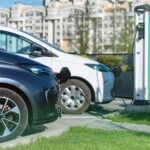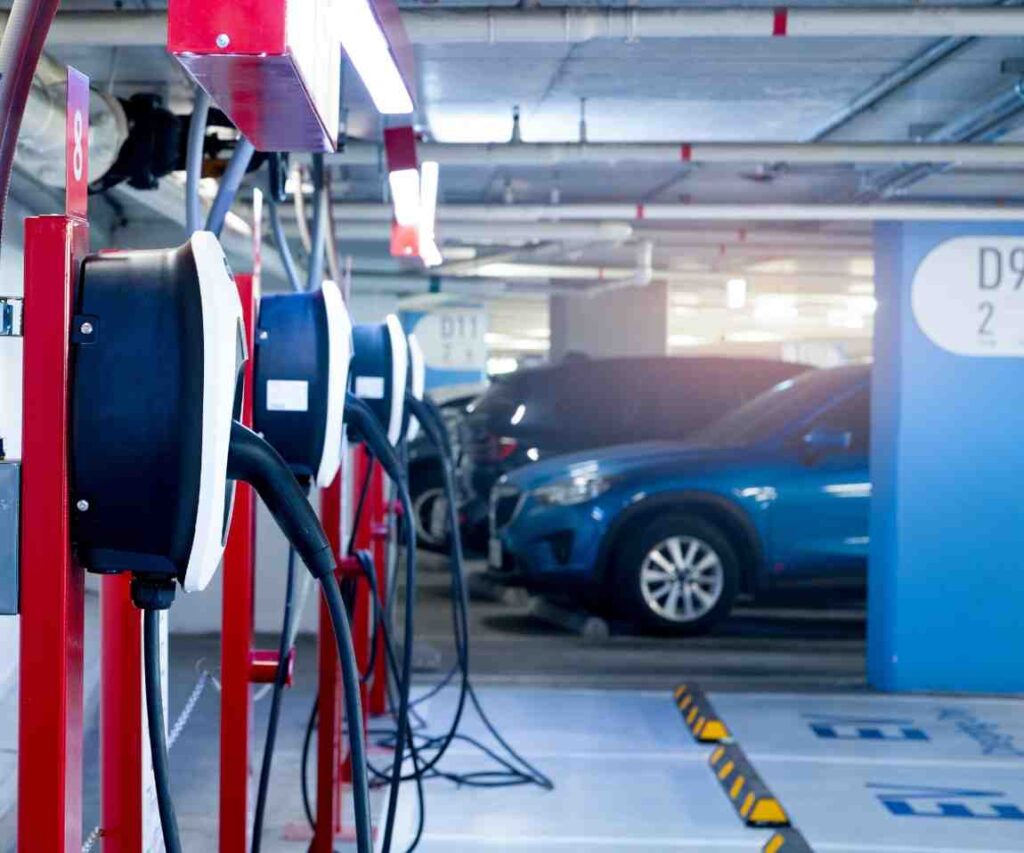

As the world accelerates toward net-zero goals, Electric Vehicle Charging Stations (EVCS) have developed as vital building blocks in our transition to a cleaner future. A reliable electric vehicle infrastructure does more than charge cars — it fuels economic growth, boosts clean energy adoption, and powers the evolution of sustainable transportation infrastructure.
The Rising Need for Reliable EVCS
In 2024 alone, global electric vehicle sales reached a record 14 million units, representing a 35% increase compared to the previous year. However, this traction means nothing without accessible and effective EV charging solutions. A lack of EVCS creates range anxiety, delays adoption, and threatens climate goals.
This is why strategically planned charging infrastructure development is now a top priority for governments, automakers, and private investors. From urban centers to rural highways, new EV charging networks are emerging everywhere, enabling clean transport more practical than ever.
What Makes a Strong Electric Vehicle Infrastructure?
A resilient EV ecosystem depends on more than just hardware. The Framework includes:
Strategic Charging Station Installation: Convenient placement of charging stations near homes, workplaces, shopping centers, and major travel routes.
Next-Generation Electric Vehicle Charging Technology: Fast chargers, smart load balancing, and renewable energy integration to maximize efficiency.
Reliable Charging Station Management: Continuous monitoring, predictive maintenance, and user-friendly payment systems.
When all these components work together, EVCS becomes an integral part of daily life — Accessible, consistent, and sustainable.
Types of EV Charging Solutions
- Level 2 Chargers: Perfect for overnight home charging and commercial spaces.
- DC Fast Chargers: Reduce charging times from hours to minutes, ideal for highway routes.
- Super-fast Charging Hubs: Leading the future of EV road trips.
On top of this, new electric vehicle charging innovations, such as wireless charging and vehicle-to-grid (V2G), are transforming how we power up, turning EVs into mobile batteries that can feed energy back into the grid when needed.
How EVCS Drives Sustainable Transportation Infrastructure
Cleaner Air & Lower Emissions
Economic Development
Reliable energy supply
Improved User Experience
Problems in Charging Infrastructure Development
- Grid Readiness: Older grids weren’t built for high EV loads, so upgrades are critical.
- Standardization: Different plug types and payment methods can Irritate users.
- High cost: Upfront costs for hardware, installation, and maintenance can be high.
To address this, many countries are rolling out incentives, grants, and public-private partnerships to make EVCS easier to reach and affordable.
Smarter Charging Station Management
- Monitor station usage and uptime
- Predict maintenance needs
- Balance energy loads based on grid demand
- Optimize charging sessions for off-peak times
The Future of Electric Vehicle Charging
- Ultra-Fast Charging Networks: Cut charging time to under 10 minutes.
- Wireless & Automated Charging: Cordless solutions for ultimate convenience.
- Smart Grids & Renewables: Smoothly integrate solar, wind, and energy storage.
- Connected Apps: Find, book, and pay for charging stations with a few taps.
Conclusion
The global shift to electric vehicles is not just a trend anymore — it’s an important step toward a cleaner, greener future. But none of it works without a solid foundation of Electric Vehicle Charging Stations (EVCS) and well-planned electric vehicle infrastructure.
As communities, businesses, and cities expand their EV charging networks, smart investments in charging station installation, cutting-edge electric vehicle charging technology, and proactive charging station management will ensure that clean transportation is not only possible but practical for everyone.
At ASE Structure Design, we understand that designing and deploying high-performing EVCS solutions requires Skillset and focus on detail at every step. That’s why we deliver end-to-end design and drafting services that help you plan, build, and manage your sustainable transportation infrastructure with confidence.
If you’re ready to be part of the clean mobility revolution, discover how our tailored EV Charging Station Infrastructure Design Solution can help you power up your next project — and drive the future forward.
Related News

